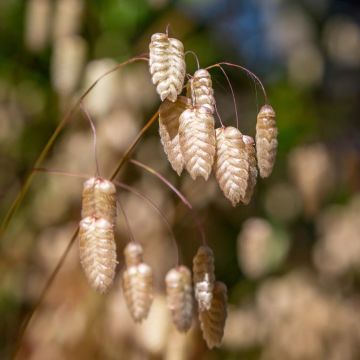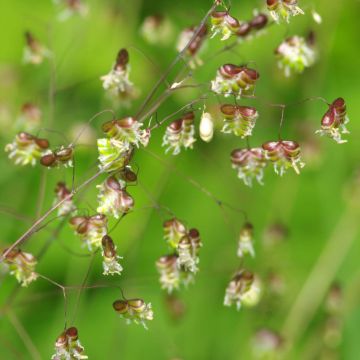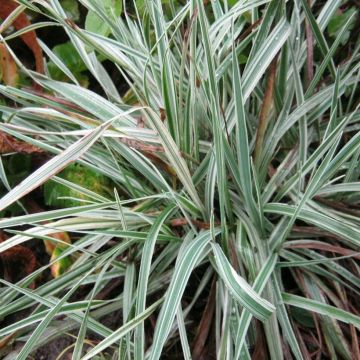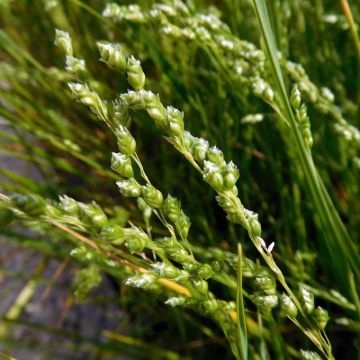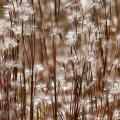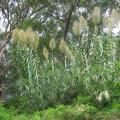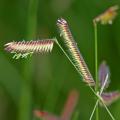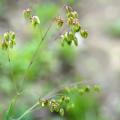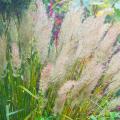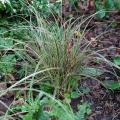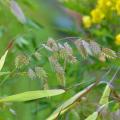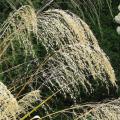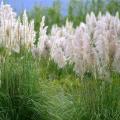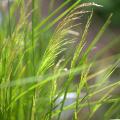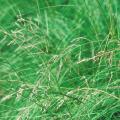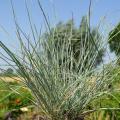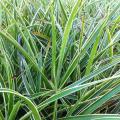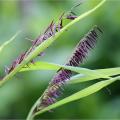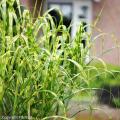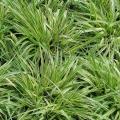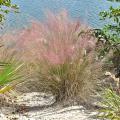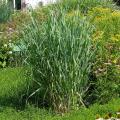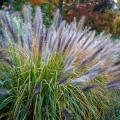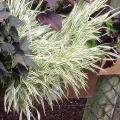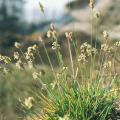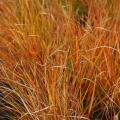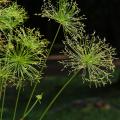Briza
Would this plant suit my garden? Set up your Plantfit profile →
Available in 2 sizes
Available in 1 sizes
Available in 2 sizes
Available in 1 sizes
Available in 1 sizes
Briza, commonly known as quaking grass, quivergrass or bottlebrush, is a perennial or annual grass depending on the species, appreciated for its graceful flowering in pendulous spikelets, often heart-shaped (Briza media), which are very mobile with the slightest breeze. Ideal in wild, naturalistic, and contemporary gardens, quaking grasses are also cultivated for their magnificent spikes in bouquets. Native to temperate regions of Eurasia, quaking grasses thrive in our climates. They are undemanding, tolerating dry or heavy clay soils, as well as full sun or partial shade. The largest ones, like the annual species Briza maxima, can reach a height of 1m (3ft). Perennial quaking grasses form dense clumps of fine, evergreen leaves, measuring about 50cm (20in) in height. They easily naturalize in the garden through self-seeding, which can be abundant. In these plants, fantasy is also expressed in the colour and size of the flowers, like in Briza media 'Limouzi', whose purple heart-shaped spikelets are larger than those of the typical species. In pots, you can use quaking grass alone or in the company of perennials or annuals.
Also discover our selection of indestructible grasses.
Haven't found what you were looking for?






































